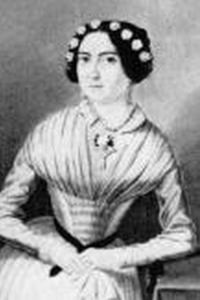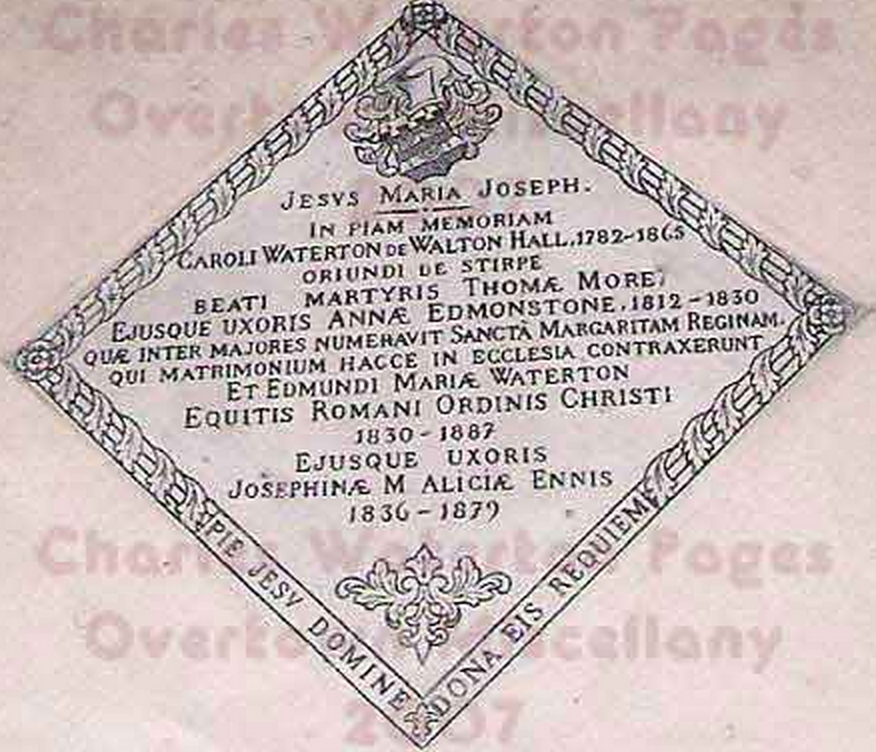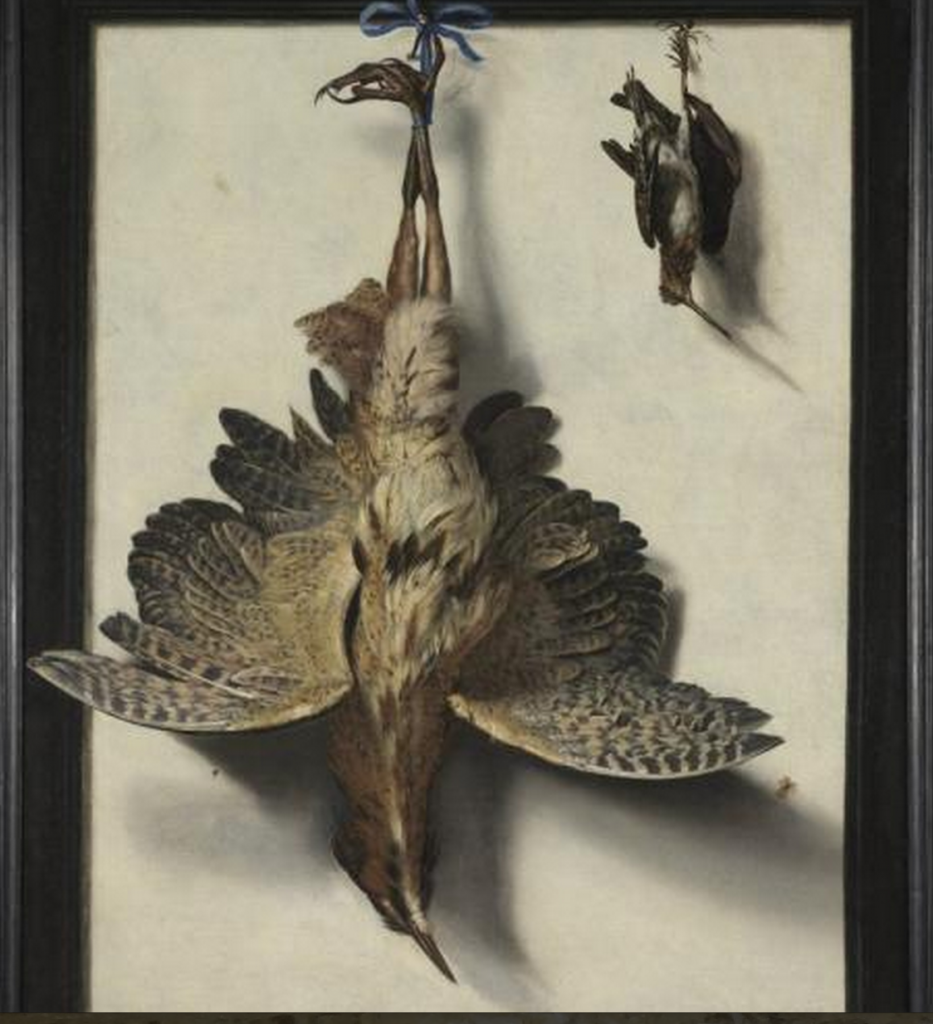Wage Du, zu irren und zu träumen….
Ted’s finally done it. Read (and enjoy) his “Big Night” carefully, and you’ll discover that he’s finally carried through on the threat to eliminate the possessive ‘s in the English names of birds.
I like it.
Of course, he’s not the first resident of Boulder to have an opinion about such things. In 1907, Junius Henderson (who seems to have had no objection to barbarous capitalization) posed the rhetorical question
why on earth should it be Baird’s Sparrow? In many such cases, the man whose name is given to the bird has never even seen the species, has had nothing to do with its discovery…. Baird is as much honored by speaking of the Baird Sparrow as by using the possessive.
Six years earlier, Richard C. McGregor had argued more soberly for the practice of dropping the offending ‘s: he quotes a letter from C. Hart Merriam in which it is pointed out that
the species are not in any way the property of the persons whose names they bear, but are merely named in honor of these persons…. the National Board on Geographical Names has for many years abandoned the use of possessives in all geographical names…. the Forestry people in their catalogue and checklist of forest trees of the United States have dropped the possessive….
Joseph Grinnell summed it all up in his review of the 1910 edition of the AOU Check-list:
We are disappointed to observe that the useless possessive is retained in personal names,
a matter noted expressly in the Supplement immediately preceding the new list’s publication.
It took forty-three years (!), but W.L. McAtee responded specifically and, as usual, confidently to all the current arguments:
the English possessive is equivalent to the Latin genitive…. It is true that the United States Geographic Board has abandoned the use of the possessive… but… those names are not based on Latinized genitives…. The most common objection to the use of the possessive case is that the bird does not actually belong to the man… a puerile [argument] at best.
McAtee also took up an argument Gerald H. Thayer had offered as early as 1910: such common surnames as Black, White, Moor, Fish, and so on are
as likely to belong to naturalists as to anybody else. Surely this is a sufficient rebuttal of the arguments in favor of dropping the possessive ‘s and apostrophe from the common names of birds and beasts named for men.
Apparently it was sufficient — if specious — and the AOU, and most English-language lists, have retained the possessive ‘s ever since.
There is one persistent and incomprehensible exception, though.
When Christian Ludwig Brehm received a series of larks his sons had collected in Spain, he found that the birds
differ on even the very first glance so much from all the other crested larks that there can really be no dispute about the validity of this new species,
a species he named Galerita Theklae, “Thekla’s Haubenlerche.”
We have named this lark for our unforgettable daughter, who died on July 6, 1858, in her twenty-fifth year.
Touching indeed — especially given that the bereaved father was writing no more than three weeks after the young woman’s death.
Touching, but largely ignored in English-speaking ornithology, which almost with one voice calls this bird the Thekla lark, flouting the otherwise carefully preserved rule of the possessive ‘s.
I suspect that a misunderstanding of the German “Theklalerche” is behind this lapse — that someone at some time failed to recognize a personal name in “Thekla” and read it instead as, say, a geographic label.
And that is an injustice to both Brehms, father and daughter. If we’re going to have “Baird’s sparrow,” let’s also have Thekla’s lark — or better still, let’s lose all those possessives consistently.









